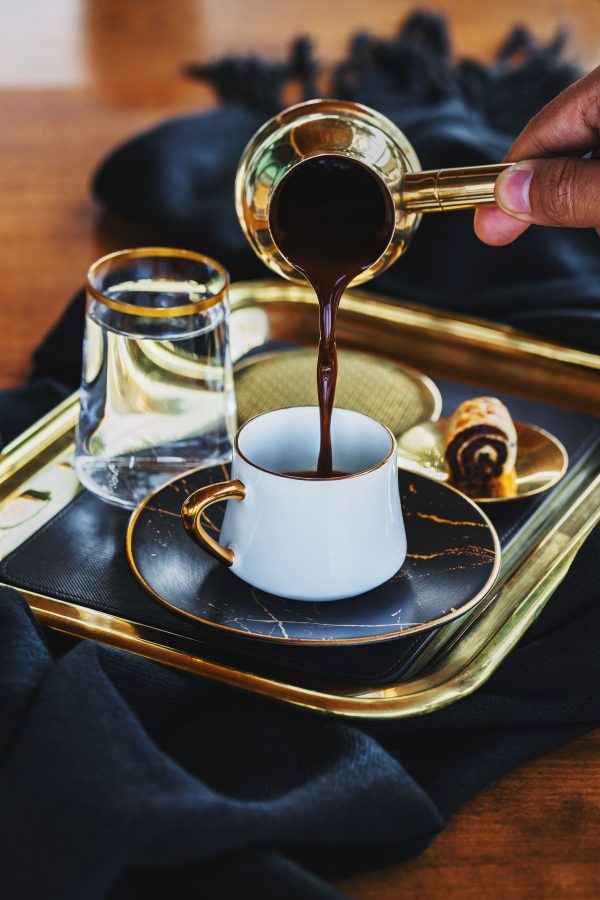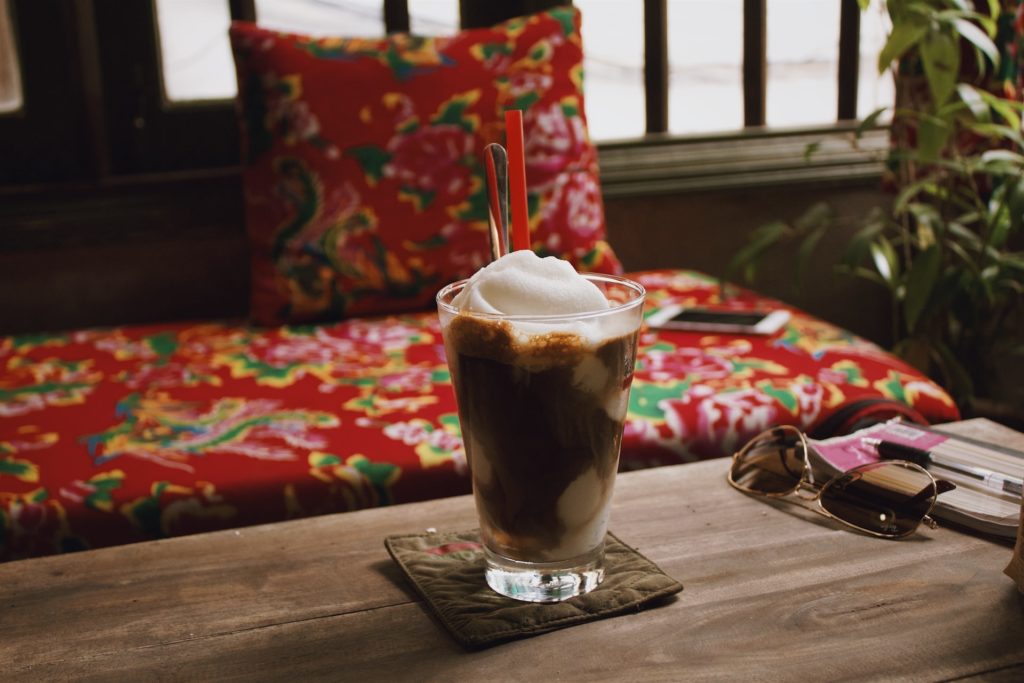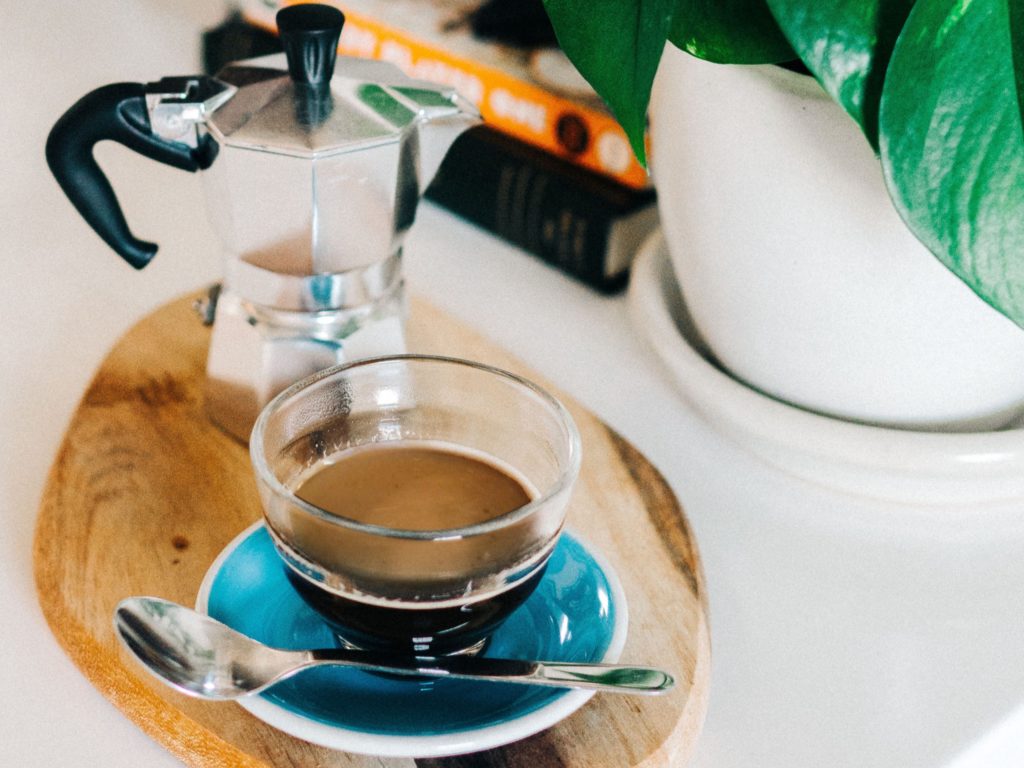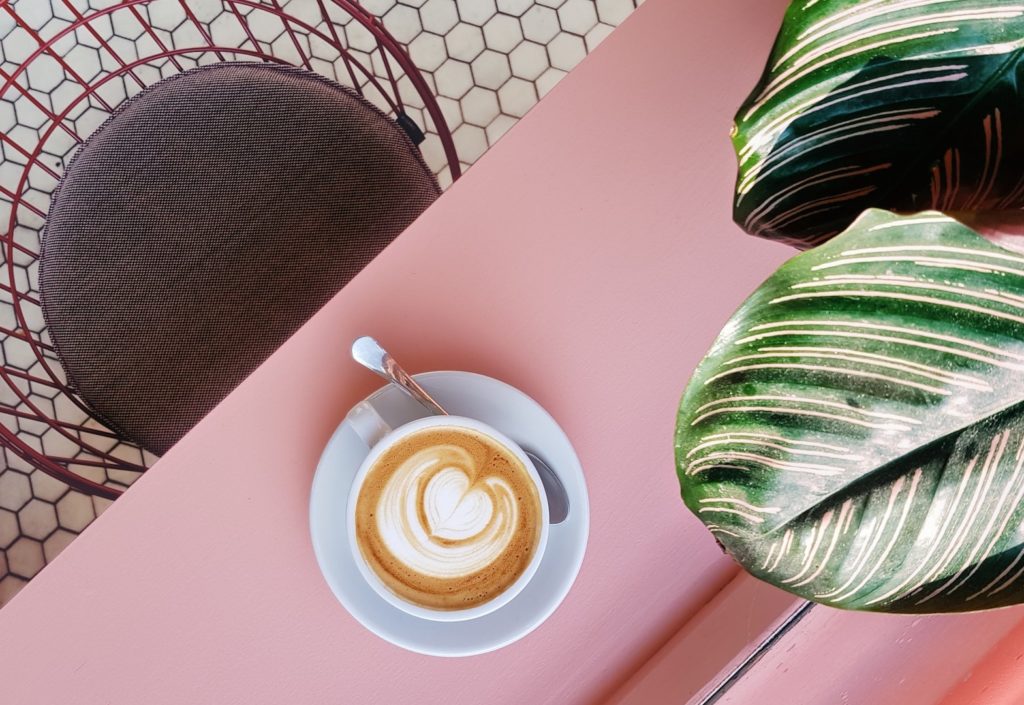This just in; the modern day Brit drinks an astonishing amount of coffee, averaging approximately 95 million cups a day of the stuff. Indeed, an estimated 3 billion cups of coffee are enjoyed around the world daily, and it’s not just flat whites which global citizens are knocking back.
In fact, there are so many different ways to brew and drink coffee, each an insight into a country’s culture and disposition. While there’s nothing wrong with an instant cup or enjoying the drip, drip, drip kind, exploring the planet’s diversity through its coffee sounds like a lot of fun right now, when we’re all stuck indoors. So, here are 7 IDEAL ways to brew perfect cups of coffee from around the world.
Turkish Cezve
We’ll start off with this one because it’s an ancient method of coffee brewing that still exists today. Indeed, before the Italians had espresso, they prepared their brews the Turkish way. There are even Turkish traditions that involve coffee brewing and weddings, testament to its deep roots in Turkish society. To say it’s ingrained in the culture, then, is something of an understatement.
‘Cezve’ is a Turkish term for a small pot with a pouring lip and fitted with a long handle. It’s specifically designed to brew Turkish coffee, with the original ones made of brass or copper. Today, you’ll find them in stainless steel or aluminium.
While it’s pretty straightforward to brew coffee with a cezve, be aware that you’ll need to boil your brew twice.
First, you boil some water in the pot, after which you remove it from the heat and add a teaspoon of coffee per cup. Boil it once more, take it off the heat, stir the liquid, and boil it a final time. Be sure to let the grounds settle at the bottom of the pot first before pouring the liquid into drinking cups, otherwise you’re going to endure a textured drinking experience.
This two-part boiling allows for better extraction of the ground coffee. That’s why Turkish coffee can seem quite dark, especially to those who aren’t used to black java. If you like your coffee on the sweeter, tamer side, you can add sugar to the water before the first boil.

Vietnamese Phin
The traditional Vietnamese ‘phin’ is a metal filter that makes an exquisite cup of java. It looks like a tin can with a perforated bottom, on top of which is another screen. You place the coffee grounds inside the canister, which you then affix over a heatproof glass.
The first splash of hot water allows the ground coffee to bloom. Once the coffee extract starts dripping into the glass, you can add the rest of the hot water. The entire process takes about ten minutes from start to finish.
That may seem like a long time, but it’s worth it. If you want to enjoy your coffee as the Vietnamese locals do, try Ca Phe Nau Da. It’s Vietnamese for ‘brown coffee with ice’ but it’s so much more than that; a rich brew made even more luxurious with sweet condensed milk. Ngon qua!

Italian Espresso
Italy may not be the discoverers of the coffee bean (that credit goes to Ethiopia), but Italians would argue that they invented the best way to brew coffee. Up for debate of course, but ‘Bel paese’ is the home of espresso, a delicious form of the good stuff if ever there was one. Yep, that’s the same espresso used in many other coffee-based beverages, including the watered down Americano of many a high street chain.
Espresso’s intense but delightful flavour and aroma come from its ‘pressurized’ brewing process. This pressure, in turn, comes from the water that heats up inside a sealed chamber of an espresso machine. As the pressure builds up, it forces the water through the ground coffee beans.
The seal helps keep the taste and scent of the coffee from escaping, locking in those vital aromatic compounds. That’s how espresso can taste so rich, making it a great way to start the morning or finish off a massive meal, equally.
Espresso With A Moka Pot
Though you can now get a smaller version of a barista espresso machine for your home, these often cost several hundred dollars.
It’s for the same reason that the first-ever Moka pot came into existence. As with the espresso machine and percolator, the Moka pot also brews coffee through pressure, creating a coffee store quality from the comfort of home. It is, however, known as the ‘stove-top espresso maker’, as you simply brew the coffee over an open fire or a heated plate and wait for fireworks. Metaphorical, flavour ones, that is.
Standard Moka pots come in three pieces. They’re super easy to disassemble, assemble, and clean and well worth having in your kitchen cupboard. The bottom part is the water chamber, the middle section a smaller perforated container for the coffee grounds and the top part contains the tube where the liquid coffee – your freshly made, perfect espresso – pushes out from.
The average brewing time depends on the size of your pot, but in general, it should take around five minutes. You do need to watch the pot though, as you don’t want overheated water to spill out of it.
Read: 8 of the world’s best coffee and alcohol cocktails

The Double Boiler Percolator, Popular In The USA
Did you know that in the 1930s, the use of percolators was so common that about 50% to 70% of US households had one? They’re still popular today, especially in the homes of those who love rich, robust, and dark coffee.
Traditional percolators use heat to produce condensation. The water droplets that form then drip into a chamber where the coffee grounds are housed. The water extracts the coffee essence, drips down to the bottom, and then goes through the same cycle. The coffee percolator works in a similar manner, but it speeds things up by using boiling water. First, the boiling water from the bottom rises through the coffee grounds chamber. As the water falls, it passes through the coffee grounds again.
It’s in this way that percolators produce strong and aromatic coffee. If this is how you like your coffee, be sure to give a percolator a try.

Hainanese Coffee
Hainanese coffee, or ‘kopi’ in Malaysia and Singapore, uses very different brewing equipment to Western coffee making; a bag. Coffee grounds are added to this long bag, which is then soaked in hot water. The coffee is then filtered multiple times to achieve a thick, luscious consistency, which is sometimes particularly prevalent if the coffee beans were roasted with butter, a popular process in South East Asia.
If you like it black and unadulterated, it’s a ‘Kopi o kosong’, or if you want your coffee just a little sweet, order a ‘Kopi o’. Add ‘peng’ to have it iced. But our favourite way to enjoy this famous coffee is to ramp up the indulgence levels by adding condensed milk and removing any other words from the order; that’s a ‘Kopi’ then please!
Since authentic Hainanese coffee beans – often roasted with butter in the traditional Southeast Asian style – can be difficult to source outside of Malaysia and Singapore, a coffee gift subscription specialising in rare and international beans could be the perfect way to experience this unique brewing tradition at home.

Impress With A French Press
The French press (often referred to as a cafetiere in Europe and the UK) is the name given to the glass beaker used to brew coffee grounds just prior to drinking. As with the use of the Turkish cezve, this brewer also involves immersion brewing. However, you don’t need to boil water with the grounds in; you pour the hot water straight into the beaker containing those coffee grounds.
Be sure to stir the mixture vigorously, as this helps the grounds rise and bloom. From here, you just need to steep the coffee grounds for no more than four minutes. Set your timer; you don’t want to go beyond four minutes as it can result in over-extraction.
After steeping, press the handle protruding from the lid of the mesh filter all the way down. This filter separates the ground coffee beans from the liquid coffee that you can now enjoy.
There’s no need for an extra filter as the mesh is fine enough to ensure that no grit remains in the liquid. The mesh also allows the coffee’s essential oils to pass through and mix with the hot water. This allows French Pressed-coffee to have a thick-bodied, aromatic flavour.
What Are The Potential Health Benefits Of Coffee?
If you’re wondering whether that delicious cup of Joe has any health benefits beyond bringing simple pleasure through its aroma and flavour then this article where we detail those potential benefits of coffee might be of interest to you.
The Bottom Line
There you have it, your guide to some of the most exciting, delicious ways to brew coffee from around the world. Pour one up!





